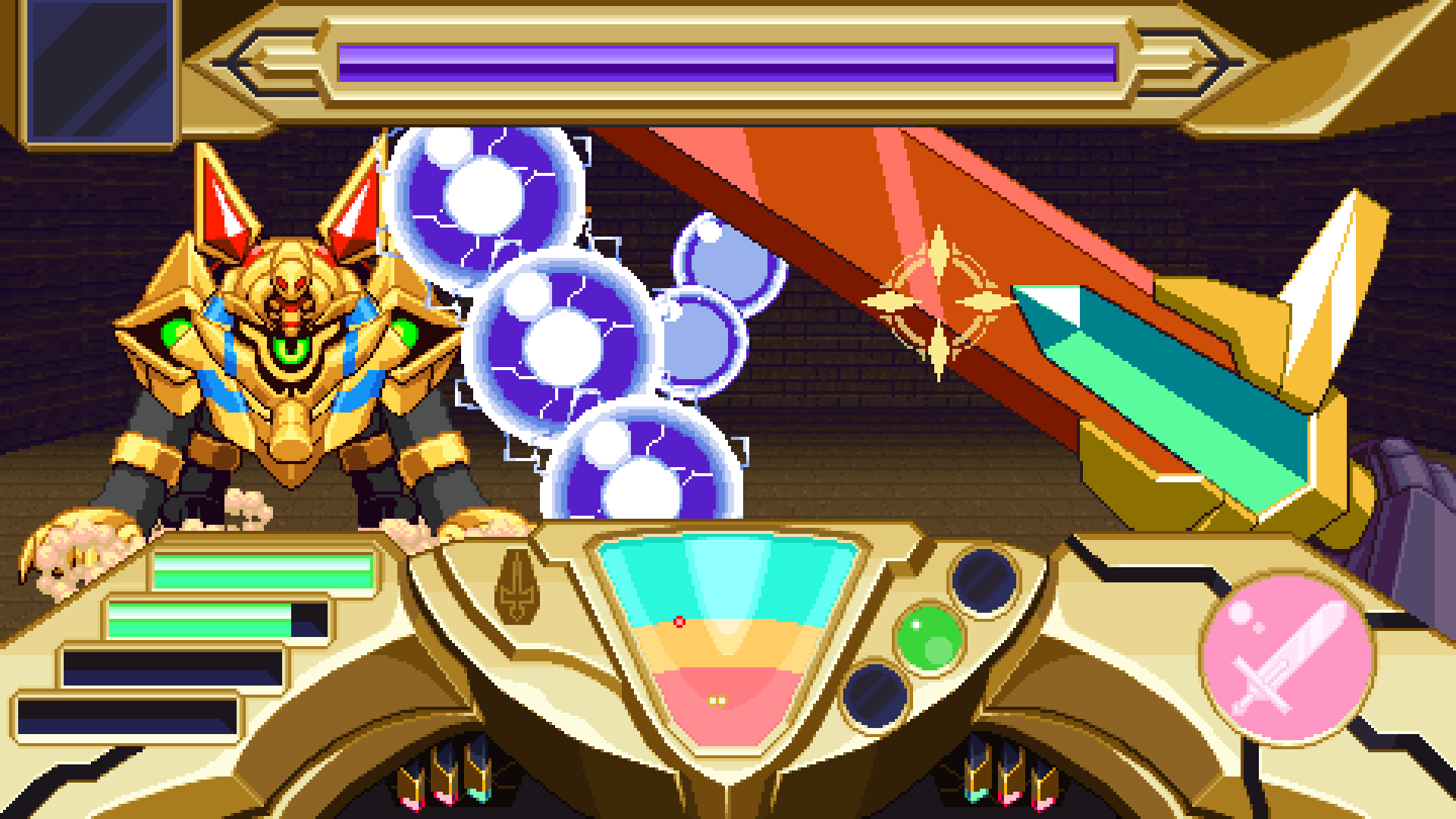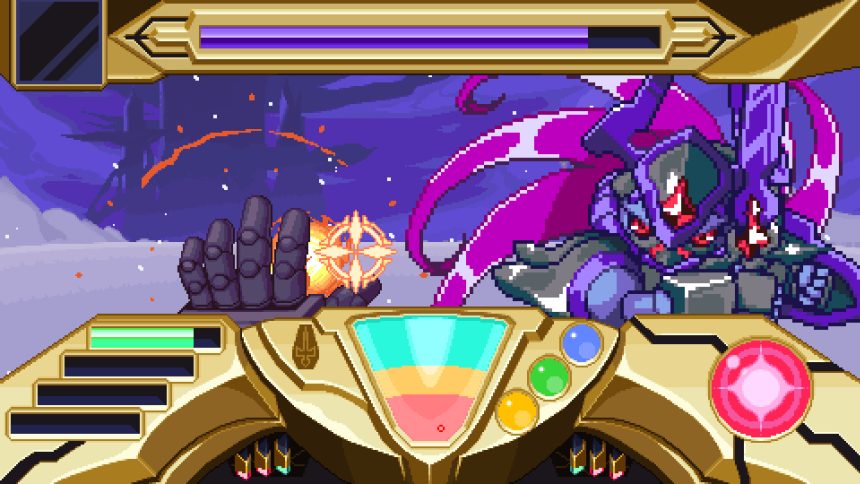Divine Dynamo Flamefrit immediately caught the writer’s attention due to its 90s anime aesthetic and nostalgic pixel art, especially since it’s developed by the Japanese indie studio Inti Creates. The game’s title screen music, giant mech boss battles, and visual throwbacks to classic 16-bit games like Zelda: A Link to the Past and Secret of Mana hooked them even more. Despite some reservations about its connection to a larger JRPG deckbuilder, the writer remains fully enthusiastic about the game.
The gameplay in Divine Dynamo Flamefrit draws strong inspiration from classic SNES action RPGs but adds a bit of modern challenge, reminiscent of Dark Souls in its combat mechanics. The protagonist wields a sword that requires careful timing, as attacks cannot be canceled once initiated. This strategic rhythm of attacking and dodging enemy strikes adds depth to the game, requiring players to focus on positioning and awareness during battles.

One of the game’s more intriguing mechanics is the ability to set the grass on fire with a mana-charged sword, creating opportunities to instantly eliminate enemies caught in the flames. This adds a layer of resource management, as players must decide when to use their mana strategically. The satisfaction of clearing out large groups of foes with well-timed flames enhances the combat experience, adding a clever twist to the traditional action RPG formula.
A standout feature of the game is its mecha boss battles, which shift to a first-person perspective. These battles are compared to Punch-Out, requiring the player to block and counter enemy attacks in a rhythm-based sequence. While simple in execution, these battles add a welcome burst of spectacle and variety to the overall gameplay experience, breaking up the action with large-scale, cinematic moments.
Despite the excitement around Divine Dynamo Flamefrit, the writer notes that the game’s relatively small scope could be due to its role as a pre-order bonus for the larger game Card-en-Ciel. While initially thought to be a joke, Flamefrit evolved into a full game. Although tied to a game that may not appeal to everyone due to its heavy anime tropes, the writer remains optimistic, drawing parallels to Inti Creates’ past success with Bloodstained: Curse of the Moon, a smaller project that became a beloved retro tribute.






